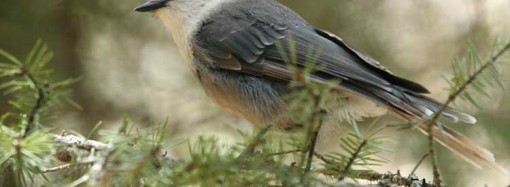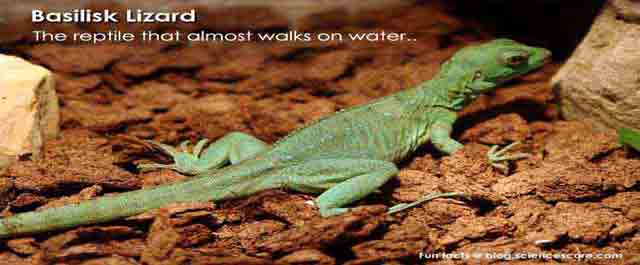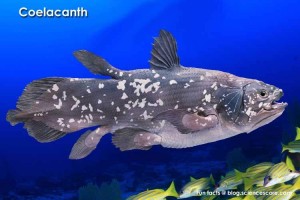The Christian Bible tells a story in which Jesus walks across the surface of a lake. So when people observed a tiny lizard called a basilisk running across water, it earned itself the nickname “Jesus Lizard”. But there’s nothing divine about a basilisk’s ability to run across the water. The trick is all in the
The Christian Bible tells a story in which Jesus walks across the surface of a lake. So when people observed a tiny lizard called a basilisk running across water, it earned itself the nickname “Jesus Lizard”. But there’s nothing divine about a basilisk’s ability to run across the water. The trick is all in the toes!
Basilisk lizards spend much of their time in trees, but if they are frightened by predators, they will drop to water below them and run on two legs across the surface to safety. Most predators will sink if they try to follow the lizard.
The basilisk is able to stay one step ahead of the predator because of two things: the forces it makes when it hits the water, and the structure of its foot. The basilisk begins its “miraculous” run with a firm downward slap. This creates enough force to keep it on the surface, and the flaps between its toes also trap a pocket of air and help it stay afloat. The lizard then draws its foot back in a powerful stroke that propels itself forward, and push to the sides to help the lizard stay upright.
The third part of the lizard’s stride is the recovery, when the leg swings around for another stroke. The lizards need this swing in order to keep from slowing down. If you slow down when you’re riding a bicycle, you will start leaning to one side and eventually fall over. The same is true for the basilisk: if it slows down, it will tip over and fall into the water. The only way to stay afloat is to keep running!
















































Leave a Reply